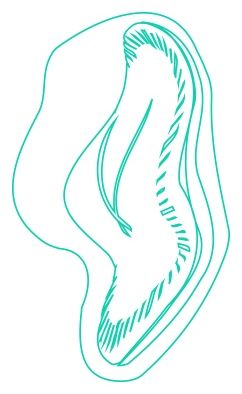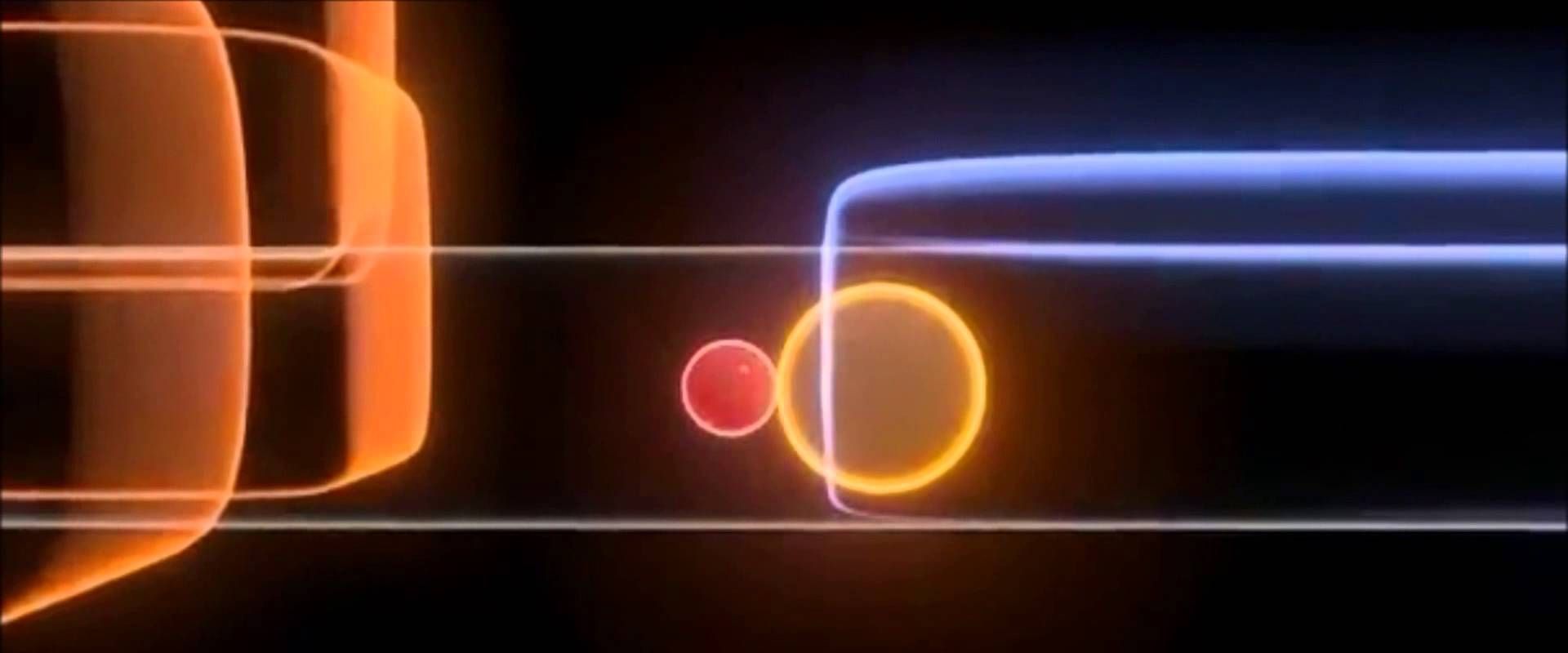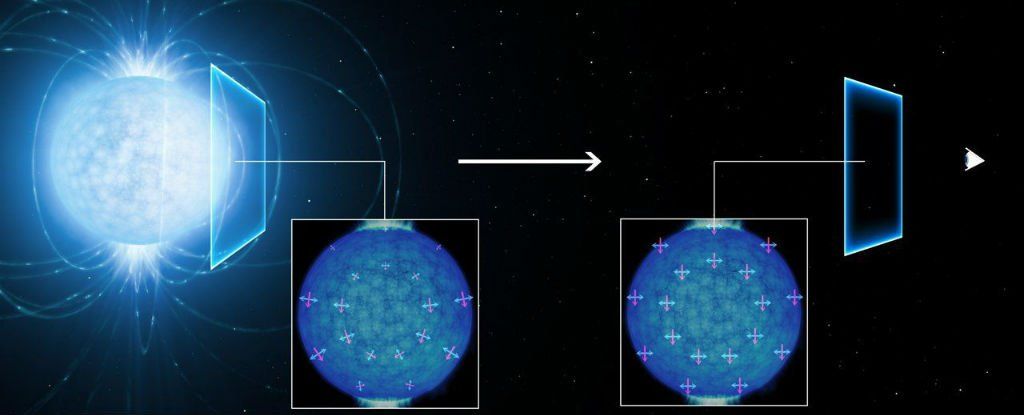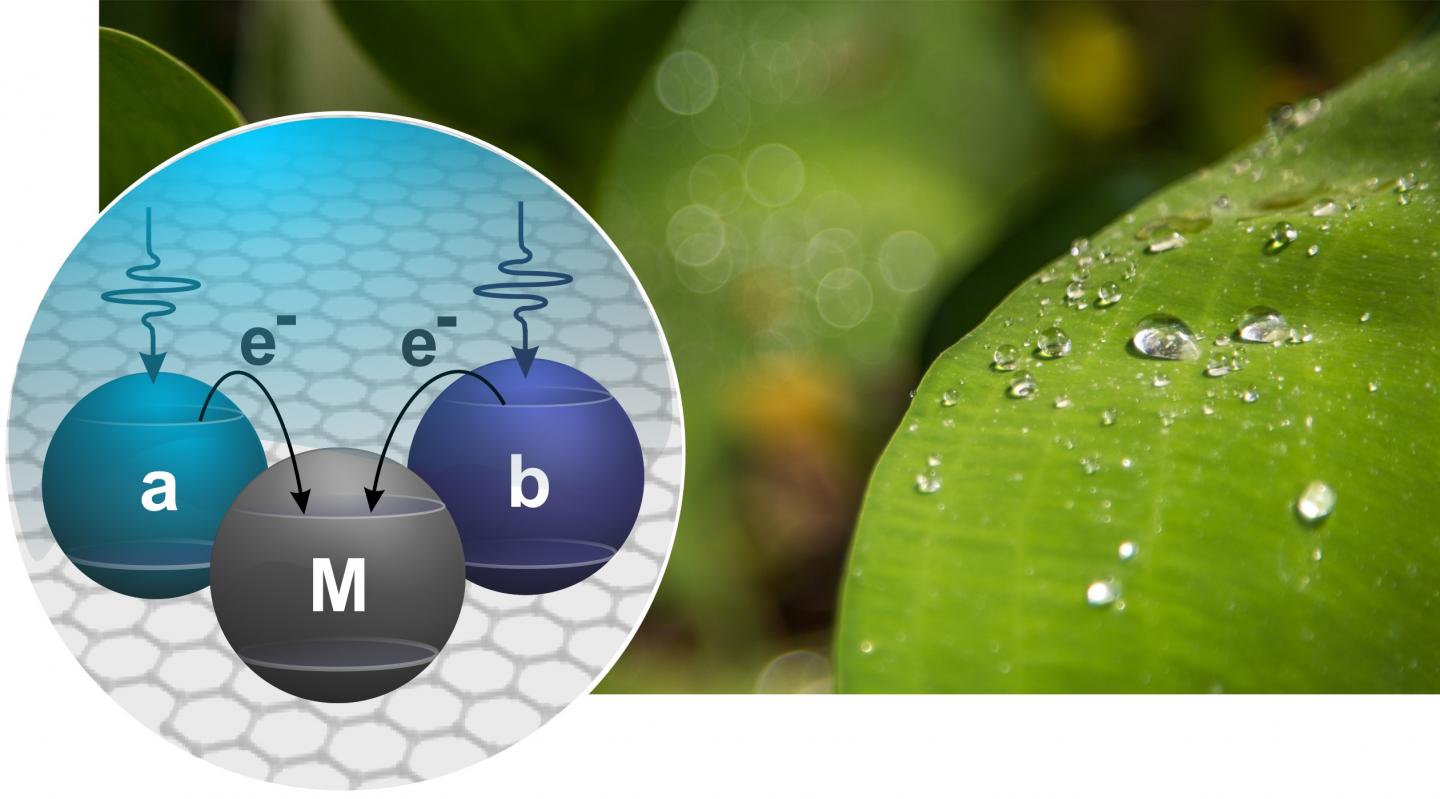The effort to unify quantum mechanics and general relativity means reconciling totally different notions of time.




Here is the bottom line: the companies that launches QC devices, network infrastructures (platforms, IaaS, SaaS, etc.) will win as everyone knows those billions invested by tech in AI will finally have the ROI that they need to show to their shareholders at the end of the day. When you have consumers and businesses too scared to use your products thanks to the Dark Web, etc. QC is your only way out of this mess.
Without QC infrastructure; means you’re AI investment is limited and you will not see the real ROI potential that you could have. And, synbio technology such as cell circuitry used to eradicate cancer and other illness or disabilities, connected humans, etc. will not have the level of adoption and performance we need to make this area impactful and life changing for so many. Personally, I look forward to a day when hospitals, going to the doctor, etc. are things of the past.
Microsoft Corporation (NASDAQ: MSFT) can come up with its own scalable operational quantum computer by 2025. This could lead to quantum jump in MSFT stock in long term.

Around 75 years ago, Italian physicist Ettore Majorana hypothesized the existence of exotic particles that are their own antiparticles. Since then, interest in these particles, known as Majorana fermions, has grown enormously given that they could play a role in creating a quantum computer. Majoranas have already been described very well in theory. However, examining them and obtaining experimental evidence is difficult because they have to occur in pairs but are then usually bound to form one normal electron. Ingenious combinations and arrangements of various materials are therefore required to generate two Majoranas and keep them apart.

For the first time, astronomers have observed a strange quantum phenomenon in action, where a neutron star is surrounded by a magnetic field so intense, it’s given rise to a region in empty space where matter spontaneously pops in and out of existence.
Called vacuum birefringence, this bizarre phenomenon was first predicted back in the 1930s, but had only ever been observed on the atomic scale. Now scientists have finally seen it occur in nature, and it goes against everything that Newton and Einstein had mapped out.
“This is a macroscopic manifestation of quantum field,” Jeremy Heyl from the University of British Columbia in Canada, who was not involved in the research, told Science. “It’s manifest on the scale of a neutron star.”

A University of California, Riverside assistant professor has combined photosynthesis and physics to make a key discovery that could help make solar cells more efficient. The findings were recently published in the journal Nano Letters.
Nathan Gabor is focused on experimental condensed matter physics, and uses light to probe the fundamental laws of quantum mechanics. But, he got interested in photosynthesis when a question popped into his head in 2010: Why are plants green? He soon discovered that no one really knows.
During the past six years, he sought to help change that by combining his background in physics with a deep dive into biology.



Glad others have caught the QC Light. I told so many we’re not 10+ or even 10 years away.
Quantum computing got a big push forward this month as researchers managed to create quantum dot light-emitting diodes (LED’s) that have the ability to produce entangled photons that could be used to encode information. Previously, the highest number of photons known to be entangled at one time was 8, but as of June, that number has now risen to 10.

Researchers from Brown University have demonstrated an unusual method of putting the brakes on superconductivity, the ability of a material to conduct an electrical current with zero resistance.
The research shows that weak magnetic fields—far weaker than those that normally interrupt superconductivity—can interact with defects in a material to create a “random gauge field,” a kind of quantum obstacle course that generates resistance for superconducting electrons.
“We’re disrupting superconductivity in a way that people haven’t done before,” said Jim Valles, a professor of physics at Brown who directed the work. “This kind of phase transition involving a random gauge field had been predicted theoretically, but this is the first time it has been demonstrated in an experiment.”